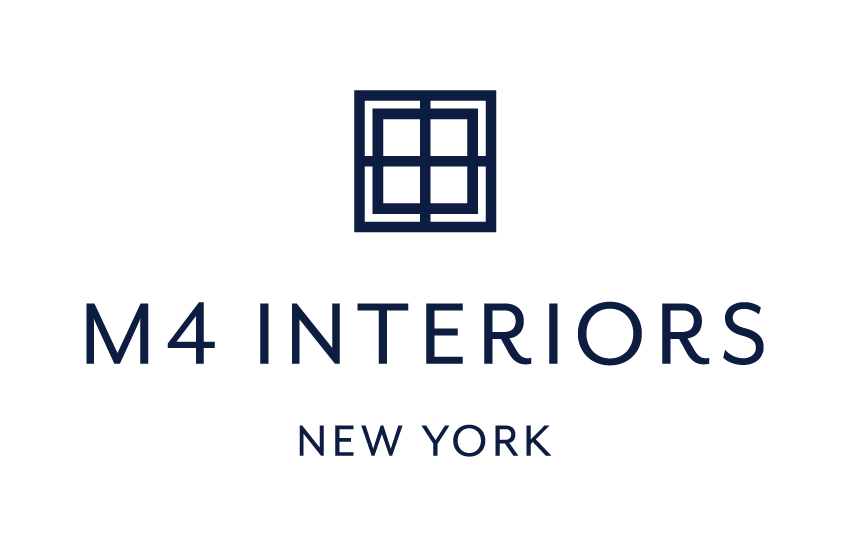The Influence of Design on Human Behavior
Every time you enter a public space, you have an objective, and if the space you enter is new to you, it can add stress as you pursue your goal. But are you aware that the environment you enter subtly impacts your intention? How a reception area with a welcoming design can soothe your nerves, or how visual cues can guide you more easily to your destination?
There are three major areas that the M4 Interiors team considers when designing to achieve a commercial client's goals:
1) Ambiance and Desired Behavior
Design can provoke a range of emotions and be leveraged to attract the right customer and influence their behavior. For example, an office waiting room becomes a marketing channel when the company features its services on a monitor with comfortable seats for viewing. Likewise, a bright, colorful retail store interior may be the best design for tempting a passing teenager to step inside. When designing for ambiance, M4 Interiors always considers a client's brand, so design elements reinforce the brand image.
2) Safety and Ease
Within any public environment, people relax when they feel safe and can move easily to accomplish their end goal. Well-designed wayfinding might incorporate color coding, lighting or easily read signage to help visitors navigate spaces independently without wandering into the wrong areas. Who can enter a building is also a function of design, where funneling visitors to a designated welcome area ensures that gatekeepers see all guests before granting them full access. Design can impact safety in the most complex or seemingly simple spaces.
3) Usage and Function
How occupants use a space is important to any interior space planner and informs the type of materials used and design. For example, knowing traffic flow, how many people will use a space, and how they will use it determines the durability of the materials used. Knowing the proposed function also informs how an interior designer will lay out the space. "Design details matter because they impact productivity, maintenance, efficiency, and people's perceptions," says Joanna Wasilewska, CEO & Creative Director of M4 Interiors.
A built or physical environment plays a major role in human behavior because we spend much of our lives indoors. Interior design and space planning is a powerful tool that, implemented successfully, can support positive, easier, and healthier human experiences.



